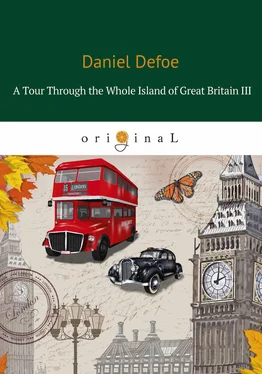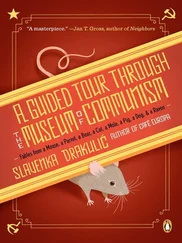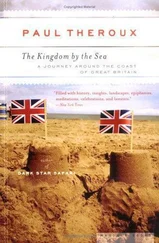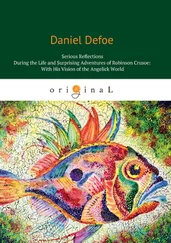An account of the town and church of Southwell
Southwell, in the county of Nottingham, is about nine miles north east from Nottingham, four miles west from Newark, eight south east from Mansfield, and about two south west from the River Trent. The soil of it rich clay and marle; the air very good, and well watered; the River Greet runs by it. It is a market town, and the market day Saturday; it is remarkable for no sort of manufacture.
There is in it but one church, which is both parochial and collegiate; which, I think, is the case of no other in England, except Rippon in Yorkshire.
The parish consists of Southwell, and the hamlets of Eastrope, which joins to Southwell on the east; Westrope, about a quarter of a mile west of Southwell; and Normanton, about a mile north; it contains about 350 families. There is a parish-vicar so called, who is generally one of the vicars choral, whose business it is to visit the sick, bury the dead, etc. the preaching part being performed by the prebendaries. This vicarage was lately augmented by Queen Anne’s Bounty, which benefit fell to it by lot.
The collegiate church consists of 16 prebendaries or canons, 6 vicars choral, an organist, 6 singing-men, 6 choristers, a register to the chapter, a treasurer; an auditor, a verger, etc. The prebenda are all in the gift of the Archbishop of York. All the rest of the members disposed of by the chapter.
The foundation of this church is doubtless very antient. It is generally supposed to be founded by Paulinus, the first Archbishop of York, about the year 630.
The church was, by the several members thereof, viz. the archbishop, the prebendaries, vicars choral, chantry priests, and by the chapter, surrendered to the king, 32 Henry VIII. as appears by the records in Chancery; and was actually in the king’s possession, until by Act of Parliament, anno 35 Henry VIII. it was refounded, and restored to its antient privilege, and incorporated by the name of the Chapter of the Collegiate Church of the Blessed Mary the Virgin of Southwell.
Afterward, by the statute for the dissolution of chantries, anno primo Edward VI. it was conceived, that the said church was again dissolved. But the members of the church did not quit their possession till the 4th and 5th of Philip and Mary, when – Griffin, the Attorney General, exhibited an Information of Intrusion against the Chapter, pleading the Crown’s title to their lands, by virtue of the Act of Edward VI. But upon full hearing it was adjudged that the Chapter was not adjudged within the said statute; and therefore the Bill was dismissed; and the Chapter continued to enjoy their rights and privileges.
Queen Elizabeth confirmed the same, and gave statutes to the said church, with this preamble: Eliz. Dei Grat. Regina, &c. Dilectis subditis nostris, Capitulo, cæterisq; Ministris Ecclesiæ nostræ Colleg. Beatæ Mariæ Virginis de Southwell per Illustrissimum Patrem nostrum Hen. VIII. nuper Regem Ang. fundatae. Notwithstanding this, in King James’s reign, the same plea was revived against the church, by the then Attorney General, and met with the same success; that is, was dismissed. And King James, in the second year of his reign, by Letters Patent under the Great Seal, confirmed and established the said church in perpetuity, according to the refoundation and restitution thereof by King Henry VIII.
There is no dean of this church; but the evidentiary for the time being has the government of it; and one of the prebendaries, by the statutes, is obliged to be resident, which at present is by agreement and by consent of the archbishop, performed by every one in their turns, and each prebendary keeps residence a quarter of a year.
Most of the prebendaries, I think twelve of them, have prebendal houses in the town of Southwell. But those being let out on lease, they now keep residence in a house built for that purpose about 30 years ago, in the east end of the college of the vicars; which house is ready furnished, and kept in repair at the charge of the chapter.
The prebendaries preach in their turn every Sunday morning, and on such festivals, &c. as preaching is required. In the afternoon on Sundays there is a lecture usually preached by the residentiary for the time being.
The Chapter of Southwell have a peculiar jurisdiction, and there are 28 parishes subject to it; to most of which they have the right of presentation; besides some others in Lincolnshire and Yorkshire. This jurisdiction is exercised by a commissary or vicar-general, chosen by the Chapter out of their body, who holds visitations, &c. twice a year. And besides these, there are two synods yearly, to which ail the clergy of the county of Nottingham pay their attendance. And a certain number of the prebendaries, and others of the considerable clergy, are appointed commissioners, by a commission granted by the Archbishop of York to preside at the synods.
There are many privileges belonging to this church; one of which is, That every parish and hamlet in the county pay certain small pensions yearly to the church, called Pentecostal Offerings.
There are houses for the vicars choral adjoining to the residence house, built about a square; with a gate locked up every night, and the key kept by the residentiary. There are but five of the vicars have houses allotted them in the college. The other vicar, being parish vicar also has a vicarage house in the town. There are prayers twice every day at the usual hours, and likewise at six or seven in the morning, from Ashwednesday to St. Matthew’s Day.
The civil government of the jurisdiction of Southwell, is distinct from the county at large. It is called the Soke of Southwell cum Scrooby, which is another town in this county. There are about 20 towns subject to this jurisdiction.
The Custos Rotulorum , and the Justices of the Peace, are nominated by the Archbishop of York, and constituted by a commission under the Great Seal of England; who hold their session both at Southwell and Scrooby, and perform all other justiciary acts distinct from the county. There is no Custos Rotulorum yet appointed in the room of Lord Lexington, who died about two years ago; but a new commission is expected as soon as the archbishop is confirmed.
The Names of the present Prebendaries and Prebends, are.
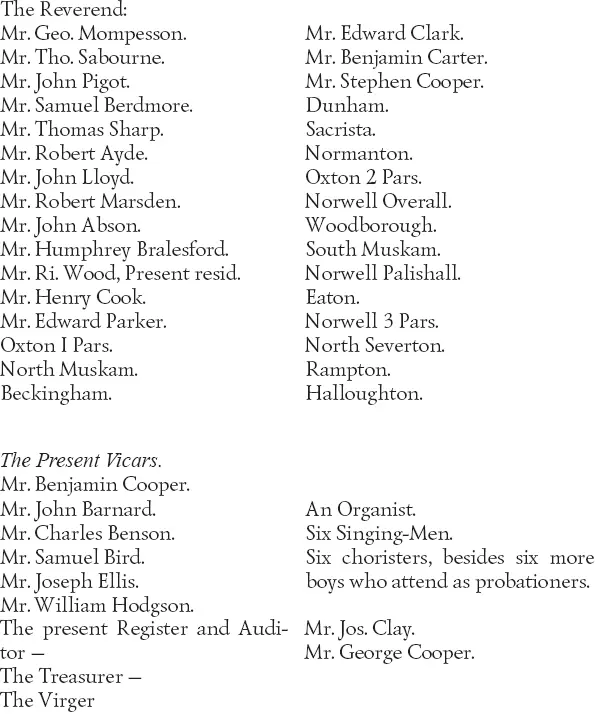
The fabrick of the church is at present in good and decent order. It is a strong building of the Gothick order, very plain. I remember to have met with this passage in some of our old writings; That when the dispute was about the dissolution of the church, I think in King James’s reign; among other things, it was urged by the Chapter, that the church of Southwell was a plain fabrick, free from all superstitious ornaments; that there were no painted figures in the glass-work, nor images, nor so much as a nitch capable of placing an image in; which I think is true. And from hence too it has been conjectured concerning the antiquity of this church, that it was probably built, before image-worship was practised or thought of in the Christian Church.
This church was a great part of it burnt down in the year 1711, by lightning; of which I find this memorandum in one of our books, viz. “On Monday the 5th of November, 1711. about ten a-clock at night, the top of the ball on one of the south spires of this collegiate church of Southwell was fired by lightning; which, backed by a furious wind that drove it almost directly on the body of the church, in a few hours burnt down the spire and roof, melted down the bells, and spared nothing that was combustible, except the other spire, till it came to the quire, where, after it had consumed the organs, it was by singular providence stopt and extinguish’d.”
Читать дальше
